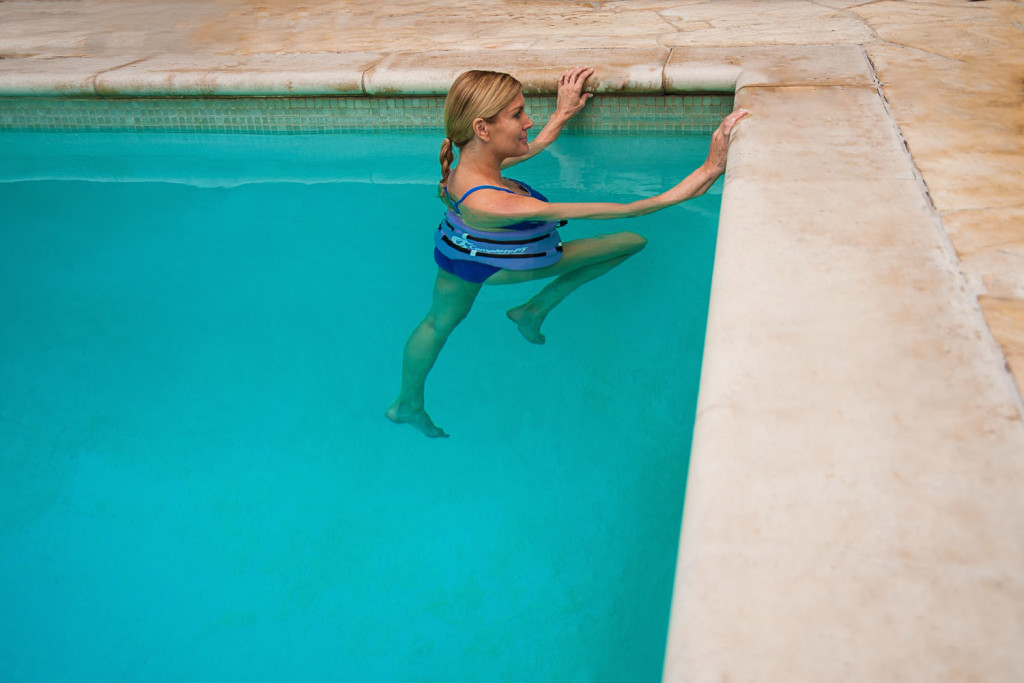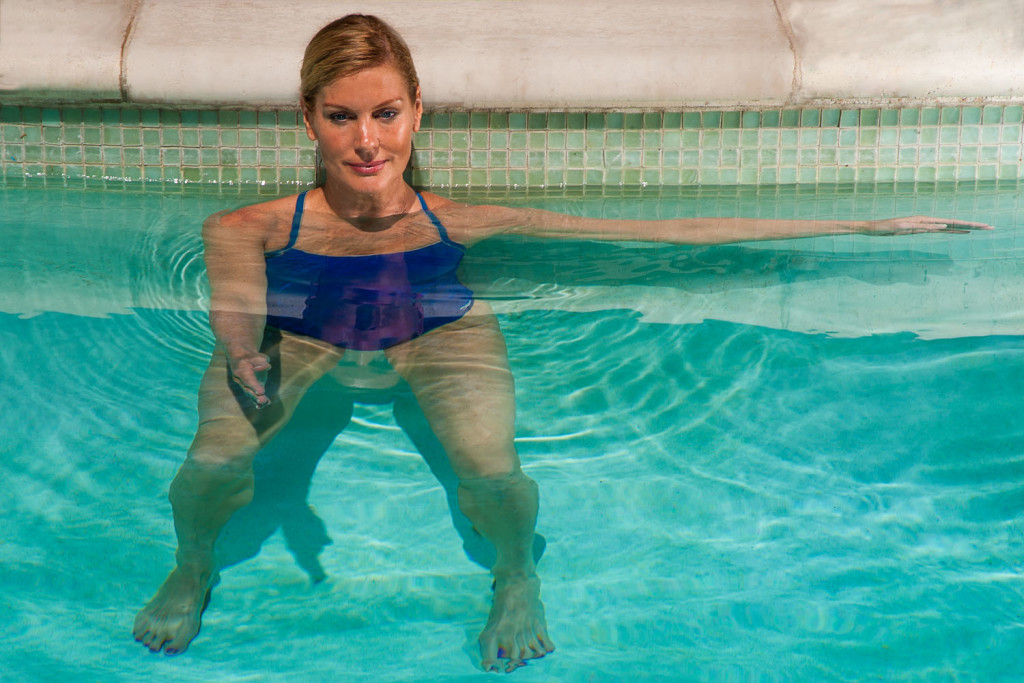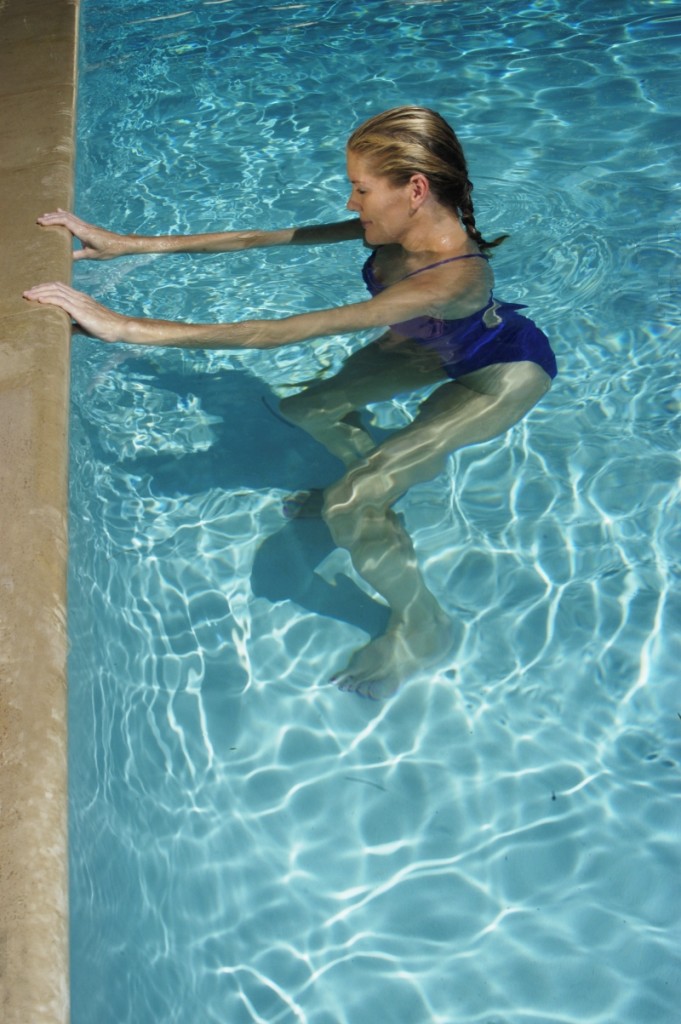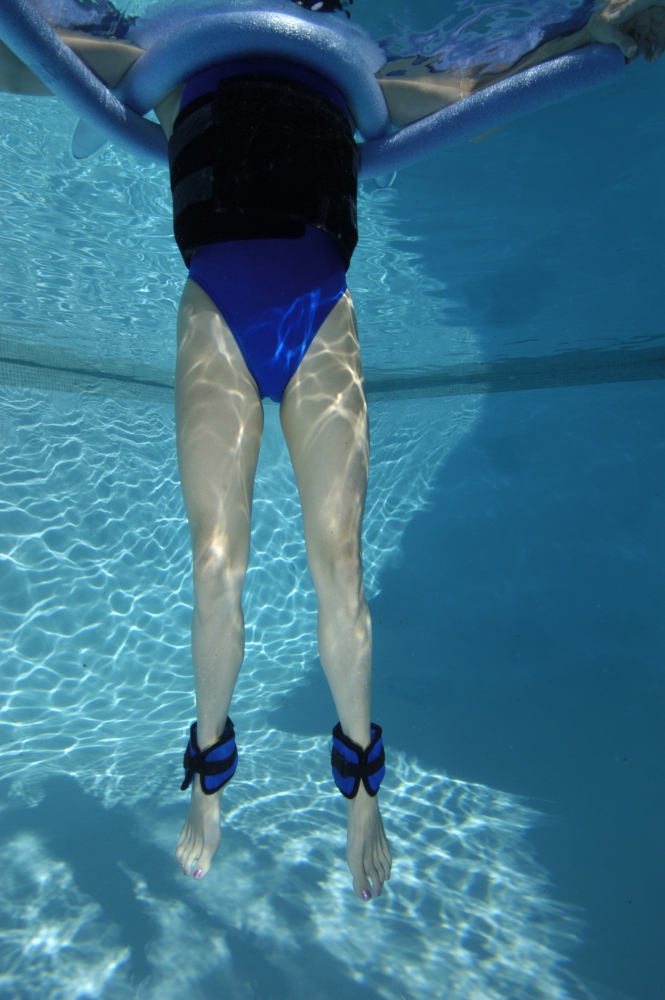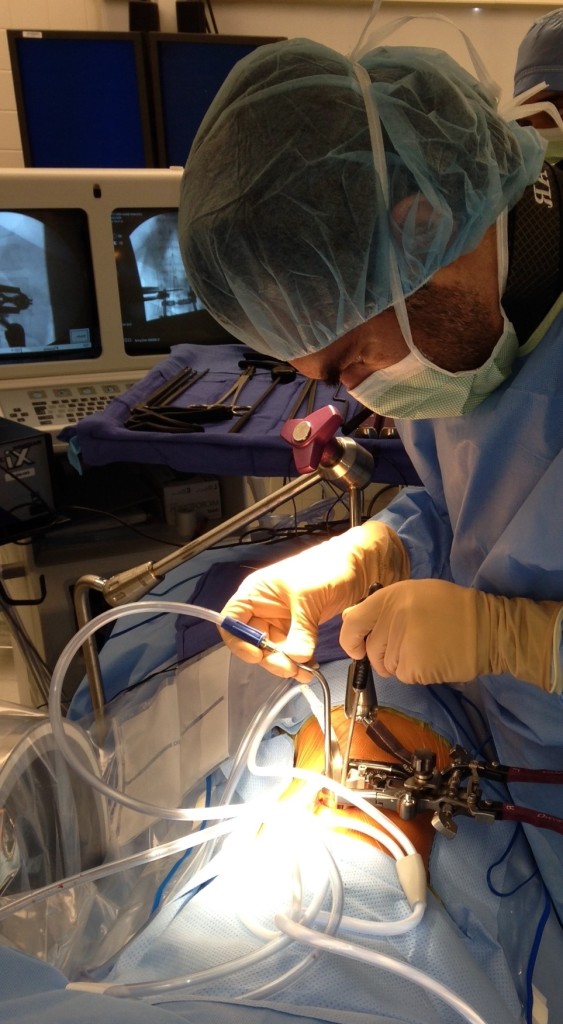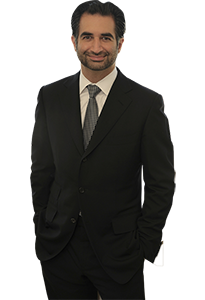
The spine is a collection of bones and ligaments that are subject to wear and tear, but if the body is injured the body’s very sophisticated healing mechanisms come into play. If a patient comes into my office with excruciating back pain, can barely move, and has been bed-ridden for even a few weeks, he is probably swearing that he needs surgery to fix things. But that same patient will normally come back to my office six weeks later and be completely fine even if we did nothing. Of course, you can accelerate that process by doing things like physical therapy, taking anti-inflammatories, and icing, but that example is just to point out that the body’s healing ability is remarkable. Time and time again, we see the statistic prove itself that 90% of all back problems resolve themselves and don’t need surgery. The body does a better job than a surgeon ever could do. That’s true for back pain; it’s true for sciatica; it’s true for disk herniations; and it’s even true for spinal fractures. It’s humbling for a surgeon to say, but it is true.
Time and time again, we see the statistic prove itself that 90% of all back problems resolve themselves and don’t need surgery.
–Spine Surgeon Alex Rasouli, MD
Let’s say a patient develops back pain that does not resolve within two or three days. That’s about how long most people are willing to tolerate some pain, because they aren’t eager to see a doctor. But if the pain doesn’t resolve within a few day, the patients starts to become alarmed, at which point they will see medical attention. They may see their primary care doctor or they may come directly to me. It will generally take the patient one to two weeks before they see me in my office for a persistent pain or discomfort in the back or neck or for pain going down the legs or the arms. At that time we will get some studies, an X-ray and an MRI if they complain of nerve pain.
Both the X-ray and MRI are good tools. We’re concerned about cost and value and efficiency of care, so we start with the X-ray which is more cost effective to use initially. The X-ray is obtained with the patient standing upright against gravity. We shoot one X-ray from the front and we shoot three from the side with the patient standing neutral, bending forward, and bending backward. This gives us a great lay of the land. Are all the bones aligned properly? Is there a fracture? Is one bone sliding past another showing instability? Is there a tumor? All these can be determined on an X-ray.
The MRI gives us a more detailed picture, because you can see things there that you can’t see on an X-ray: disks, nerves, and other soft tissue subtleties. I can see if there’s a disk herniation or an injury to a ligament. I look at the integrity of the bones (the vertebrae), the integrity of the disks, and the integrity of the nerves that run right behind the bones and the disks. The MRI helps me locate the source of the patient’s pain and gives me the ability to predict for the patient how long they are likely to be in this pain and what they can do about it. I often explain to my patients how tightly things are packaged in the spine. There isn’t much space, so a problem with a bone or a problem with the disks or ligaments will often become a problem of the nerves as well. If there is an injury to one structure, it easily affects the other structures around it.
We review the studies, and unless it’s something significant like stability, infection, or a tumor, I tell them to do physical therapy for at least four to six weeks. They can also do ice and heat treatments at home and do mat Pilates with an instructor who is well-trained in working with back conditions.
Physical Therapy
While “Tincture of Time” is being applied to a patient’s back pain, we like to see him or her moving, because movement stimulates healing. Probably the safest place to exercise is in the water. As soon as the patient enters the warm therapy pool, the muscles relax and movement becomes easier. Once the patient is in chest-deep water, he weighs only one-third of his normal weight. If a flotation belt is added and the patient is taken to deep water where his feet cannot touch the bottom of the pool, he becomes weightless and feels no impact with movement.
Back pain is often accompanied by a lack of core muscular strength – the abdominal muscles and other muscles of the torso. Thus aquatic therapy programs often focus on building such strength in order to support the back better. The program can start with something as simple as walking in chest-deep water. The water’s resistance forces the core muscles to work as the body moves forward, backward, and sideways. A next step up can be marching. Then patients are usually taken to the deep end of the pool where they can be totally free of gravity. They hold the side of the pool and do bicycling or running while they learn to activate their core muscles for stability. They also do walking motions and open and close their legs out to the sides. All exercises can be modified to be easier for anyone who experiences pain.
Stretching is next. It’s great to do stretching exercises in the water, because people can float into positions for the stretches that might otherwise be difficult to reach if performed on land. Then a significant amount of time is allocated to helping patients gain strength as they reduce their pain. Learning to hold the core muscles strong while moving the arms and legs is a big part of that process. By leaning back on the side of the pool, patients can brace themselves in order to get started. As they progress, they move away from the side of the pool to do upper body exercises while using their new-found core strength to balance. Once patients can keep their core muscles tight as they breathe and do upper body exercises, they learn to maintain that same muscular activation as they do lower body exercises.
These are three examples of exercises that can speed the recovery of back pain patients. Many more exercises are part of the program at Lynda Huey’s CompletePT, including the distraction technique shown next, which helps reduce pain.
The vast majority of patients resolve their back pain while doing conservative management of their condition. But there is that 10% of patients who may end up needing surgery.
The Exception – Time for Surgery
I sometimes wait on patients’ issues to die down for up to three months. During that time they can continue to do more physical therapy, take anti-inflammatories, and modify their activities. For example, they may have bad sitting hygiene at work – they sit for too long and they don’t get up and move around. Or they may have dietary indiscretions – eating foods that cause inflammation or cause them to gain excess weight. They may have other stresses in life. All these contribute to pain. But if by six weeks to three months, depending on what we find with the case, the patient is still not feeling better, then it’s time for something more interventional such as an injection of steroids or surgery. If a problem is going to heal itself, it’s rare that it doesn’t heal by three months.
I love doing surgery, but I want to avoid surgery, too. Who doesn’t? –Spine Surgeon Alex Rasouli, MD
Spine surgery is reserved for the very small sliver of cases where the test of time has been employed and the patient is still suffering no matter how many weeks or months have passed. There are conditions for which surgery is the best answer. Scoliosis (curvature of the spine) is an architectural issue that demands a surgery. The patient may have endured years of pain, continues to be in pain, and is actually getting worse. That would be a time to step in with surgery to straighten the curved spine. Another condition that requires surgery is spondylolisthesis, where one vertebrae of the spine moves forward of the vertebrae below it creating an unstable spine. Tumors and infections are other conditions that call for surgery.
There are a minority of cases in which massive disk herniations put extreme pressure on nerves that cause significant weakness of the arms and hands or the legs and feet. These large
herniations are an example of a condition that time will not heal. And there are several other conditions that the body’s regenerative powers simply can’t heal. In fact, they get worse over time. But remember: 90% of back problems do get better on their own.
People want to avoid surgery. I’m a surgeon. I love doing surgery, but I want to avoid surgery, too. Who doesn’t? We want more people to understand this so they don’t have back surgery unless it is a true necessity.
Dr. Rasouli on Being a Spine Surgeon
A doctor has to be perfect – he just has to be. Other professionals don’t necessarily have to be perfect, but a physician, particularly a surgeon has to hold himself to the highest standard of perfection that only comes from within. The philosophy that I use every day whenever I recommend a treatment for a patient is to stop and ask myself, “If I had the same condition as this patient, is this what I would want done to me?” If the answer is no, I’m not going to recommend that treatment to a patient. If the answer is yes, then I’ll tell the patient, “This is what I would want done on my back and so I’m going to recommend it to you.”
To me, skill and conscience are the two important pillars. You can have great skill as a surgeon, but if you lack the conscience, you will execute surgeries very well, but eventually you’ll make a mistake. The mistake won’t be in the execution of the surgery; it’s going to be in performing the surgery on someone who didn’t clearly need it. You’ll find that the more conservative surgeons are the more experienced surgeons, because they know that surgery often is not the answer. They have had humbling experiences where, although they have seen things go well, they have also seen when things did not go well. That makes them quieter, calmer, less eager to jump into surgery with their patients.
What to Look for in a Spine Surgeon
Not everyone can come see Dr. Rasouli in Los Angeles, so here are some pointers in finding a back doctor with the kind of conscience he displays.
- Experience is important. It doesn’t matter how old the doctor is. You want to consider how long he’s been doing the specific surgery you’re contemplating and look at his outcomes. The more experienced surgeons speak with a bit more humility than somebody that’s new. They have confidence that allows humility to be expressed. Inexperienced surgeons can be insecure and they want to do surgeries, but they don’t yet have the benefit of humbling experiences. If a surgeon has been doing surgery a few years and does 400 to 500 cases a year, that’s a healthy number.
- Look out for a doctor who is very quick to recommend surgery. Most often spine surgery is something that can be done after time has been applied to the case and shown itself not to be the answer. If time isn’t the answer, surgery might be.
- The surgeon should discuss alternatives to surgery and see if that’s of interest to the patient. Surgery is merely one tool in the repertoire with a lot of other non-surgical management techniques.
- The final test is to ask, “Doctor, is this what you would do to yourself or a family member?” Ask the doctor point blank. If you see hesitation in the doctor’s eyes, think twice.
Spine Surgeon, Alex Rasouli, MD, went did his undergraduate work at Stanford, then went to medical school at the University of California, Irvine where he also did his residency. He did a fellowship at the prestigious University of Miami-Jackson Memorial Medical Center. Then he joined the staff at Cedars-Sinai Medical Center where he introduced computer-guided surgery in the spine. For a child prodigy who wrote his first computer program at the age of five, that was a natural extension.
Water Rehab Specialist, Lynda Huey, MS, earned a bachelors and masters degree from San Jose State University where she also starred on the track and field team. Her own athletic injuries led her into the water where she learned to cross train and speed the healing of injuries. She has written six books on aquatic exercise and rehabilitation, books that are considered the foundation of aquatic therapy world-wide. Lynda is President of CompletePT Pool & Land Physical Therapy in Los Angeles.


